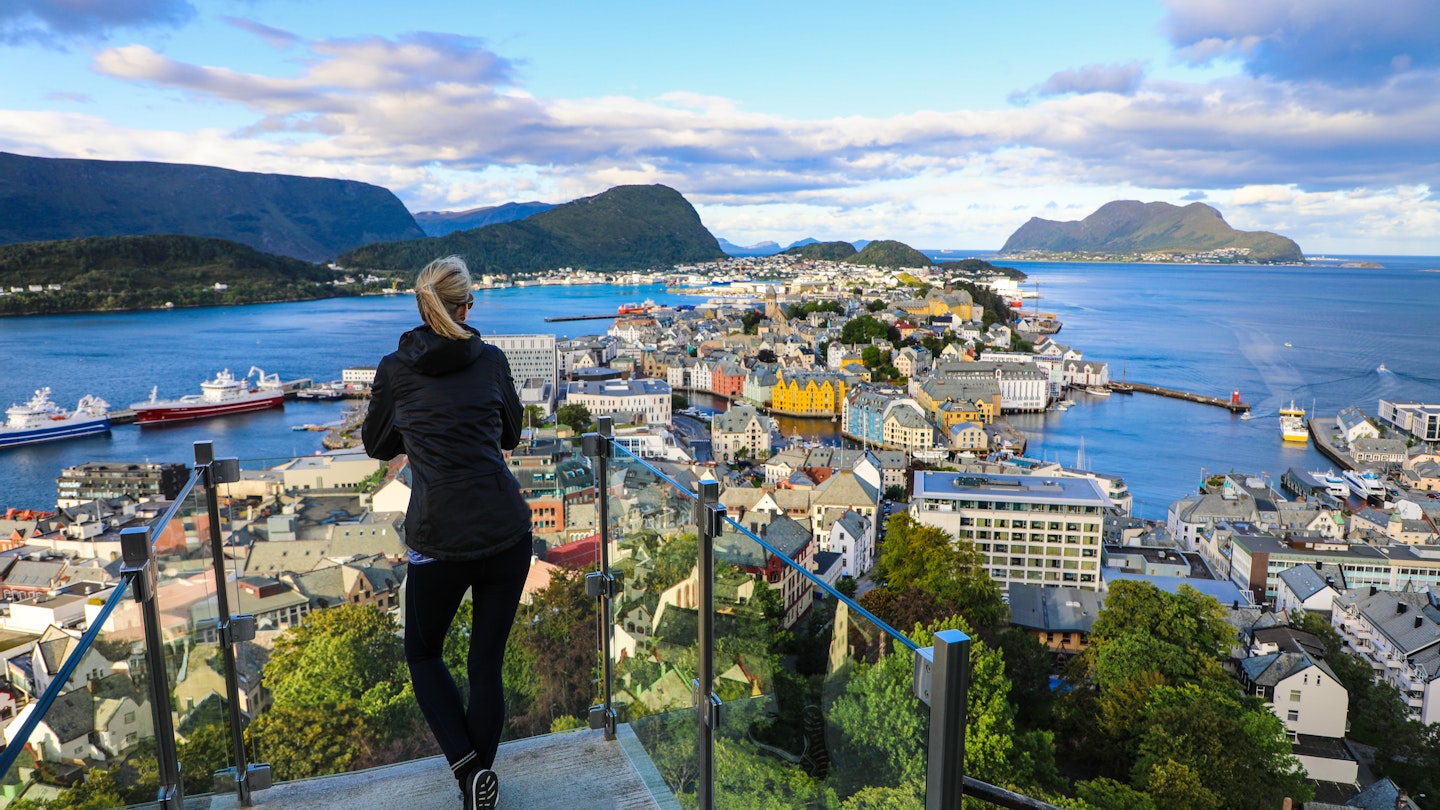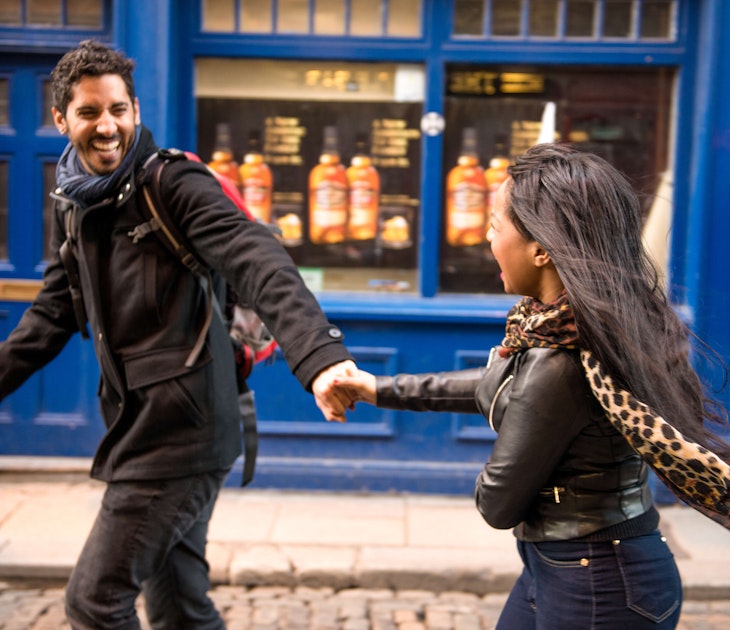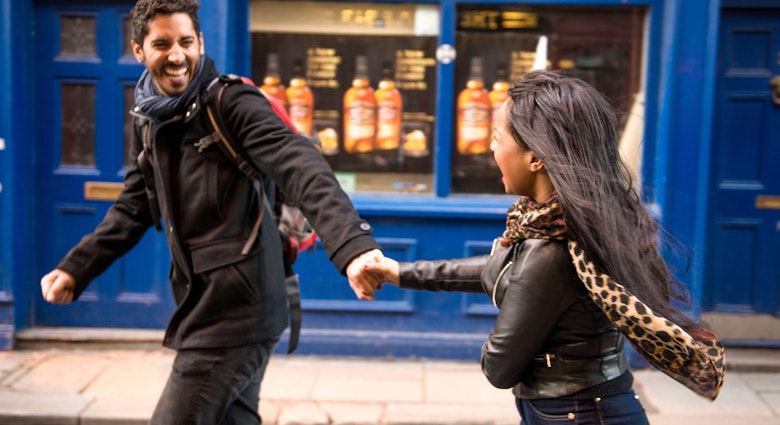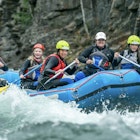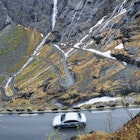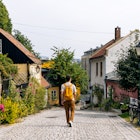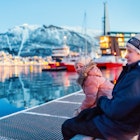Let’s not beat around the bush: Norway is expensive. The historically weak Norwegian krone (NOK) has made it a bit less so recently however. But even if exchange rates change, there are plenty of ways to stretch your budget without missing out on the fantastic experiences the country has to offer visitors. All it takes is a bit of strategic planning and adaptability.
Perhaps Norway’s greatest attraction is its spectacular scenery, with endless opportunities for everything from active adventures to rapt contemplation of majestic views on a budget. Best of all, Allemansretten (the right to roam) gives everyone the right to freely enjoy nature, even in national parks, as long as you behave responsibly and follow certain basic rules.
Here are some tips to help you explore Norway without breaking the bank.
Daily costs
- Hostel room (dorm bed): 300-600 NOK
- Basic room for two: 800-1300
- Self-catering apartment or cabin: 600-2000 NOK
- Local public transport ticket: 40-150 NOK
- Coffee: 25-50 NOK
- Sandwich: 65-200 NOK
- Dinner for two: 400-1000 NOK
- Beer/pint at the bar: 80-100 NOK
Average daily cost: 1500-3000 NOK per day
Buy a city pass to save on urban attractions
If you’re planning to visit numerous ticketed attractions in major cities, a discount pass can save you a fair amount of money. In the capital, the Oslo Pass is available for 24, 48 or 72 hours, and includes admission to 30 museums and other attractions. You'll also get unlimited travel on public transportation and discounts at restaurants, the Oslo Philharmonic and the Norwegian National Opera and Ballet.
In Norway’s second city, the Bergen Card offers similar benefits including free or discounted admission to attractions, free travel by bus and light rail and discounts on tours, dining, shopping, parking and performances. The card is available for 24, 48, 72 or 96 hours.
In the far north, Tromsø has half- and full-day passes that provide free admission to the city’s top attractions as well as free bus and cable car rides.

Opt for parks and nature over ticketed attractions
Norway’s many beautiful, vibrant cities and towns are well worth visiting, but the country’s greatest appeal lies in its stunning and diverse nature, from rugged mountains and vast alpine plateaus to rolling green countryside and deeply carved fjords. Hike to a waterfall, bike a winding mountain road, or paddle a kayak on a tranquil lake or fjord – the possibilities for inexpensive outdoor adventures are endless.
Take the subway to Frogneseten on Oslo’s northern outskirts and admire the views as you descend on foot to the Holmenkollen Ski Jump, or hike up Mount Fløyen in Bergen for great views of the city (or take the funicular up and walk back down). In Ålesund, the stunning panorama of the city, mountains and fjords from the Aksla viewpoint is well worth the 418-step climb to get there. Just about everywhere you go in Norway there are beautiful walks, views and picnic sites to enjoy free of charge.
Join the Norwegian Trekking Association for discounted lodging in remote areas
If you’re planning to spend a lot of time in wilderness locations, the approximately 550 cabins operated by regional branches of the Norwegian Trekking Association (Den Norske Turistforening, DNT) can be great options for accommodations. These range from staffed lodges with meal service to self-service cabins, including some stocked with basic provisions.
Joining DNT gets you member pricing for overnight stays, including key access to self-service cabins with a deposit. You also get discounts on several privately run lodges and mountain hotels.

Reserve tickets early for transport deals
Book in advance for better chances of nabbing discounted train tickets (called Lowfare on the national rail operator, Vy), which are offered as much as 90 days in advance and can be several hundred kroner cheaper than the regular rates. Buying bus and train tickets in advance online or through the operator’s mobile app is usually cheaper than buying them in person.
Avail yourself of public transportation
Norway is a fabulous destination for road trips, but rental cars and fuel don’t come cheap. Fortunately, the country has an excellent public transportation network of trains, buses and ferries. With a bit of planning, it’s possible to get almost anywhere you might want to go, and without the need to keep your eyes on the road you’ll be able to give your full attention to those captivating views. In many cases, the journey itself is the main attraction.
The rail route from Oslo to Bergen easily ranks among the world’s most spectacular, linking the country’s two largest cities as it climbs from the densely populated east through green agricultural valleys to the windswept Hardangervidda plateau, before descending to the dramatic fjord region.
Boats connect destinations throughout the fjords and range from fast passenger ferries to car ferries that you can also walk onto (often for free). There’s also long-distance and regional bus service between cities and other destinations throughout Norway.
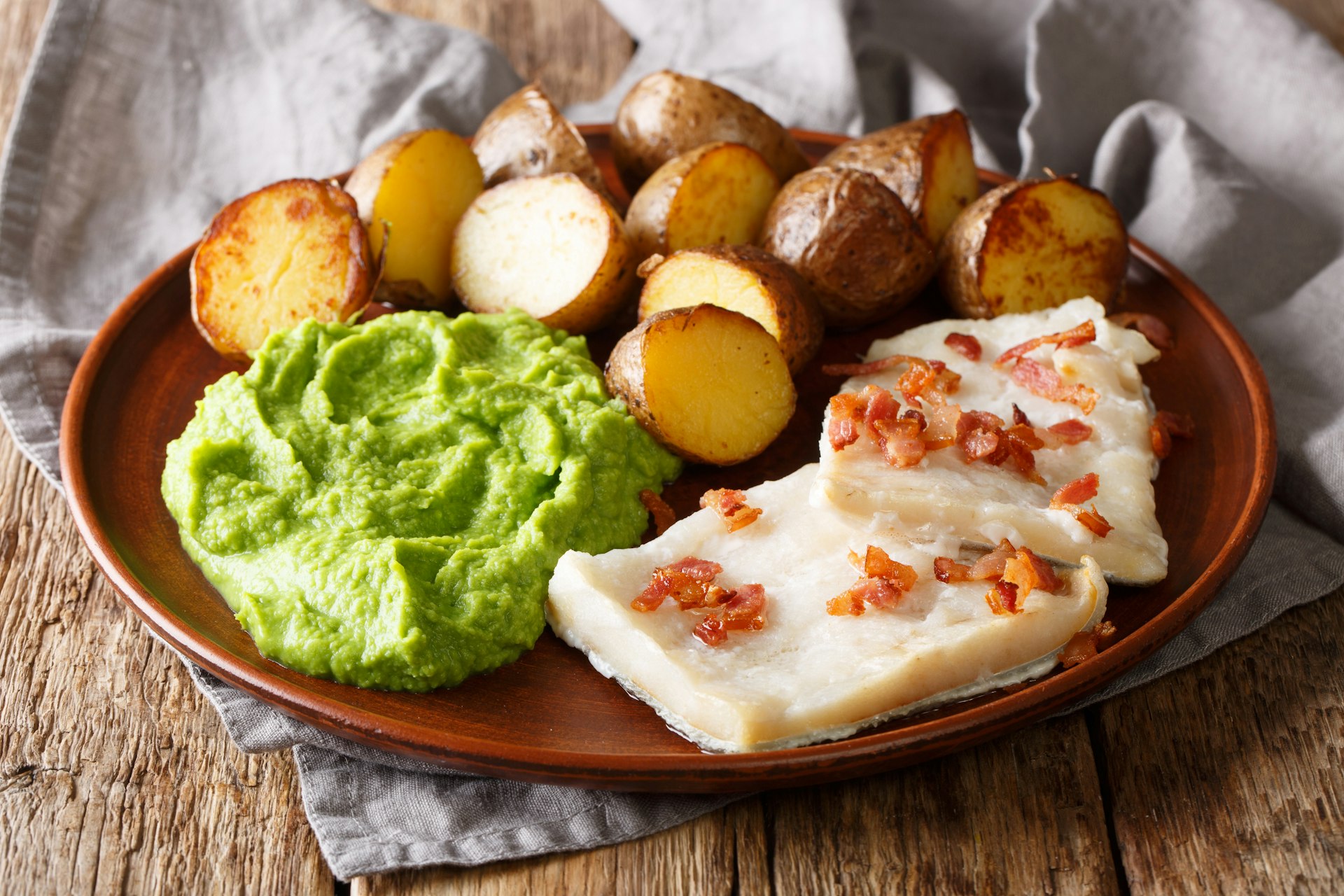
Make breakfast or lunch your main meal
If you’re staying in hotels, you’re in luck: many have fabulous breakfast buffets with a huge selection of hot and cold foods that can easily keep you full for a good part of the day. It's usually ok to grab an extra piece of fruit to take with you as a snack for later on. At some hotels, the staff won’t even blink if you make a sandwich or two to go.
If you are going to eat out, doing so at lunchtime rather than dinner will save you money – many restaurants have daily lunch specials.
Hit the supermarket and cook for yourself
Norway has a wide range of self-catering accommodations, from hostels and cabins to apartments. Buying food in grocery stores and preparing your own meals is the best way to keep dining costs down. Rema 1000 and Kiwi are generally the cheapest supermarket chains.
If you really want to shop strategically, download the Mattilbud app to see current deals at grocery stores all over Norway.
Another way to save is to seek out Asian grocery stores, which are found in most cities and are good places to pick up rice and other staples as well as fruits and vegetables at significantly lower prices than at mainstream Norwegian supermarkets.
Skip the alcoholic beverages
Alcoholic beverages are heavily taxed in Norway, at anywhere from 3.40 NOK to 22.15 NOK per liter, depending on the alcohol percentage. There’s also an additional tax on beverage packaging. A night out at the pub can easily leave you with a hefty tab to pay, and buying alcohol in shops will also set you back a fair bit.
You can’t shop around, either, since only drinks with an alcohol percentage under 4.7 percent can be purchased in supermarkets – for anything stronger, you’ll have to go to the state-run liquor store, Vinmonopolet.
If you have a special occasion you'd like to toast during your time in Norway, your best bet is to stock up at airport duty free shops when you arrive. However, be sure to check out the latest information on allowable quotas to avoid exceeding your tax-free limit.

Carry a reusable water bottle – and a thermos
Norway’s tap water is among the cleanest in the world, so there’s absolutely no need to buy bottled water. Instead, bring a reusable bottle and fill it at any faucet. Apart from avoiding lots of single-use plastic, the kroner you save quickly adds up.
If you’ll be outdoors a lot in cooler weather, consider bringing a thermos so you can brew up some coffee or tea at your accommodation in the morning before setting out and enjoy a warming drink without having to pay for it in a cafe.
Bring your own linens for hostels and cabins
Many budget and self-catering accommodations charge additional fees to rent bedding bundles consisting of sheets, pillowcases and duvet covers, so if you’re planning to stay in a lot of cabins or hostels, packing your own bedding can save you a fair amount of money over the course of your trip. The same goes for towels. Many campgrounds and other locations with cabins and apartments have laundry facilities where you can wash your linens and other items.
Visit during the shoulder seasons
Unless you have your heart set on specific dates, consider visiting just before or after the summer high season, which typically runs from mid-June through mid-August. By visiting just outside this window you’ll still have good chances of reliable weather, but finding inexpensive accommodations will likely be easier due to the lack of crowds.
As a bonus, these seasons are among the most beautiful in Norway, with flowers galore in May and early June – when you’ll also have the benefit of long days – and gorgeous fall colors in September.
Choose a hub and stay for a while
It can be tempting to try to cover a lot of ground during your stay in Norway, but with amazing scenery and recreational opportunities everywhere, you can have a fantastic trip while exploring a more limited area. By picking a few places to spend quality time, you can maximize your sightseeing time, avoid long travel days and save money.
Staying in self-catering accommodations for several days in a row also makes it easier to save on meals by stocking up on groceries rather than buying in small amounts or having to toss foods that won’t stay fresh on the road.

